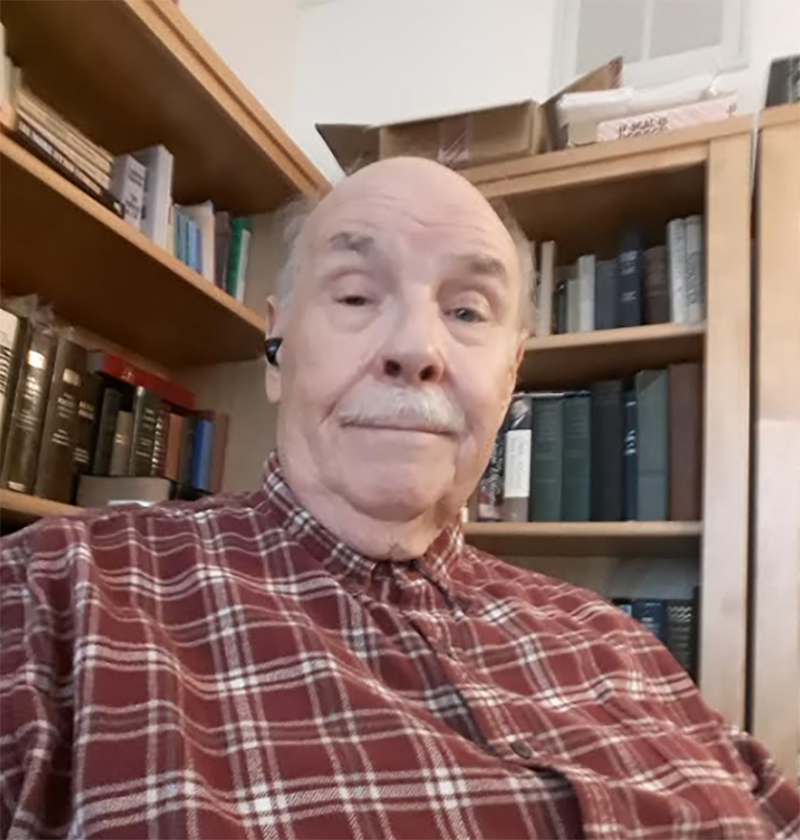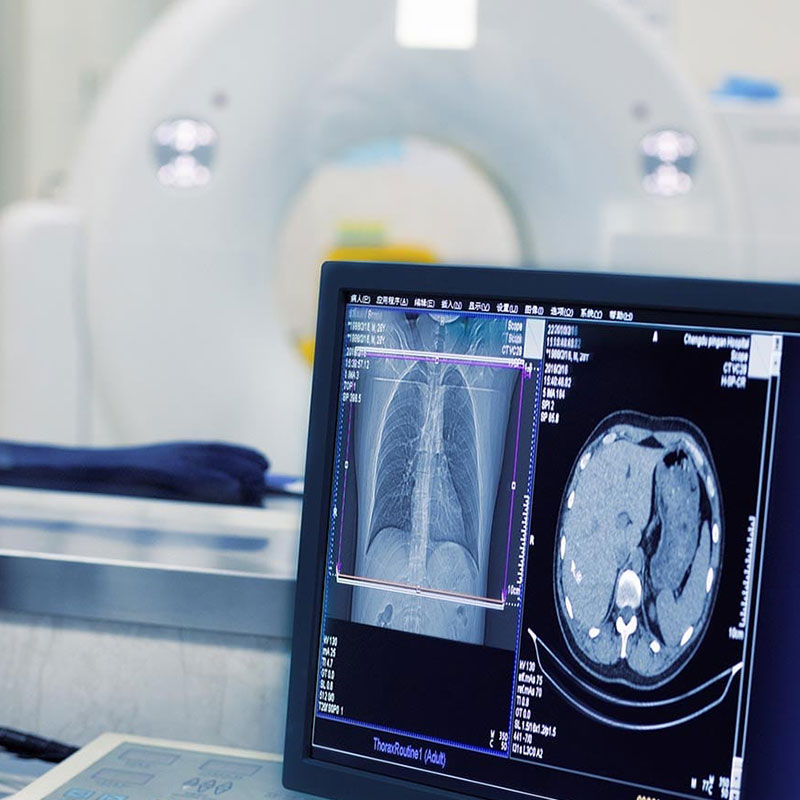Big Heart, Big Fix

January 23, 2021
Attorney Gerald Dienst was diagnosed with congestive heart failure and atrial fibrillation in 2012. Today, a remarkable new device is reducing his risk of blood clots and stroke, and ensuring he can continue helping his clients.
As an attorney, Gerald Dienst of Toms River, New Jersey, loves his work. “I can help people who are hurting and have problems that need to be corrected,” he says.
So for an attorney with a big heart for helping people, it was ironic when he was hospitalized on October 8, 2012, for serious cardiac issues. He’d actually been scheduled to check into the hospital that morning for an unrelated procedure. But when chest pain struck in the pre-dawn hours, he woke his wife, Rose, to take him to the Hirair and Anna Hovnanian Emergency Care Center at Ocean Medical Center. That pain was a result of serious problems: congestive heart failure and atrial fibrillation.
Gerald, now 81, never expected this would lead to him becoming a poster boy for a remarkable new heart device.
Watchful Eye
Gerald’s congestive heart failure responded to medication, but in early 2013, his atrial fibrillation—an irregular heart rate that commonly causes poor blood flow—had worsened. Riple Hansalia, M.D., a cardiologist at Jersey Shore University Medical Center who specializes in electrophysiology, told Gerald he needed a device installed in his chest to stabilize his heartbeat: an implantable cardioverter defibrillator (ICD). In addition to being a pacemaker to correct a slow heartbeat, this device also can send a shock to reset a heart’s rhythm if it is going much too fast or is dangerously irregular, potentially saving one’s life.
The ICD insertion was successful and began helping Gerald right away. He also was given a blood thinner because people with atrial fibrillation are at a higher-than-normal risk for developing blood clots. But in Gerald’s case, the medication led to bleeding in his gastrointestinal tract and bruises that appeared spontaneously under his skin.
Gerald met with Dr. Hansalia and his cardiologist, Jesus Almendral, M.D., FACC, medical director of the Advanced Heart Failure Center at Jersey Shore, about the bleeding. Dr. Almendral recommended implanting a Watchman device in his heart, which would remove the risk of clots without him needing blood thinners. “If a person is intolerant of the anticoagulant, Watchman is the best option,” Dr. Almendral says. “It protects from stroke and allows a patient to come off blood thinners to reduce the chance of bleeding.
Adds Dr. Hansalia: “Gerald did not tolerate blood thinners due to bleeding. Most blood clots that cause strokes with atrial fibrillation form in a very specific portion of the heart called the left atrial appendage—it looks like an indentation that forms a pocket inside the heart. Blood can pool there, sticking together and forming a clot, which can later work itself loose and travel to the brain, causing a stroke.”
The Watchman is an umbrella-shaped device placed in the atrium of the heart using a catheter (similar to an IV) that enters the groin and is threaded up into the heart. It permanently seals the opening of the appendage by blocking it off. The heart then grows new tissue that covers it and blocks off the appendage permanently so there is no longer any place for a clot to form.
Smooth Sailing
Dr. Hansalia inserted the Watchman device into Gerald at Jersey Shore in 2015 in a procedure that took only 90 minutes. “Most patients simply stay overnight and are discharged the next day,” Dr. Hansalia says.
Gerald stayed in the hospital for three days to allow his blood thinner levels to come up to an acceptable level. The only postoperative restrictions were keeping the incision site clean and dry while it healed and prohibiting heavy lifting and exercise for 10 days. Gerald continued on blood thinners for six months while his heart healed around the device.
“I didn’t have any reaction to the catheter insertion of my Watchman,” Gerald says. “I know it doesn’t protect me from atrial fibrillation, but I take medicine for that. It does protect me from blood clots.”
The Watchman also frees patients from a lifetime of purchasing blood thinner medication and remembering to take it.
Today, Gerald is in good health. He continues to practice law part time, and his wife, Rose, continues to work part time as a legal assistant at a different firm. Most recently, back surgery in August 2020 along with the pandemic have been interfering with his and Rose’s ability to dine out and attend religious services. So for now, entertainment leans heavily toward family dinners with their sons and grandchildren.
Gerald is grateful to his doctors and other caregivers at Jersey Shore who helped him get through the challenge and enabled him to continue to enjoy good health, especially Dr. Hansalia, who visited him regularly while he was in the hospital. “I’m very happy!” Gerald exclaims.
Next Steps & Resources
- Meet your sources: Riple Hansalia, M.D. and Jesus Almendral, M.D., FACC
- To make an appointment with Riple Hansalia, M.D., Jesus Almendral, M.D., FACC or another provider, call 800-822-8905 or visit our website
The material provided through HealthU is intended to be used as general information only and should not replace the advice of your physician. Always consult your physician for individual care.
Find a doctor near me
How Weight Impacts Heart Health

Learn how weight affects heart health. Dr. Safi explains risks & offers advice on diet and exercise to improve cardiovascular health. Protect your heart today.
Top Advice for Improving Heart Health

Improve your heart health with top advice from Dr. Husain. Learn how lifestyle choices impact your cardiac health and reduce risks. Get expert tips now.
Find a doctor near me

After Mitral Valve Repair Three Years Ago, Where is She Now?
Mitral valve repair success story. Emer's full life after surgery at Mountainside Medical Center. Learn how she thrives. Schedule your appointment today.

After a Heart Attack in His Thirties, Where is He Now?
Heart attack survivor Simon Blazejowicz shares his recovery journey after treatment at JFK University Medical Center. Learn from his experience and prioritize your heart health. Schedule an appointment today.

After a Triple Bypass Three Years Ago, Where is He Now?
Triple bypass surgery recovery story: Joe Leone Introna shares his journey to better heart health. Learn from his experience and find resources for your heart health.

After Experiencing an Aortic Aneurysm, Where is He Now?
Aortic aneurysm survivor Thomas Redmond shares his recovery journey and advice. Learn how he maintains his health and find a primary care physician.
